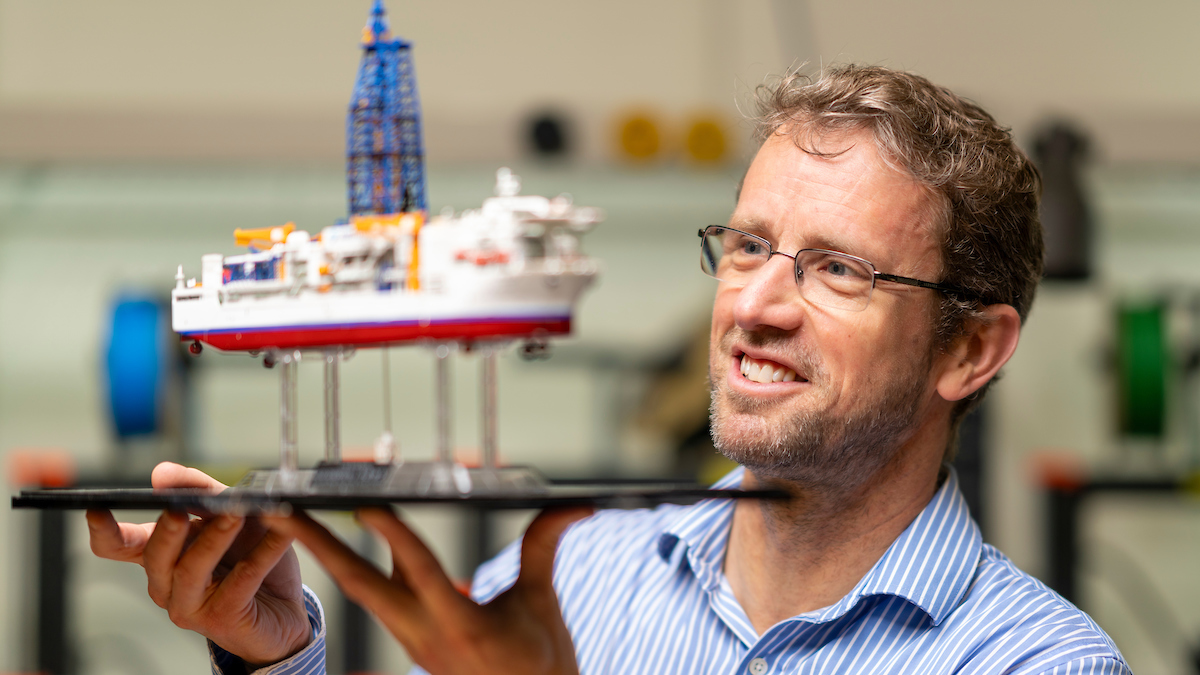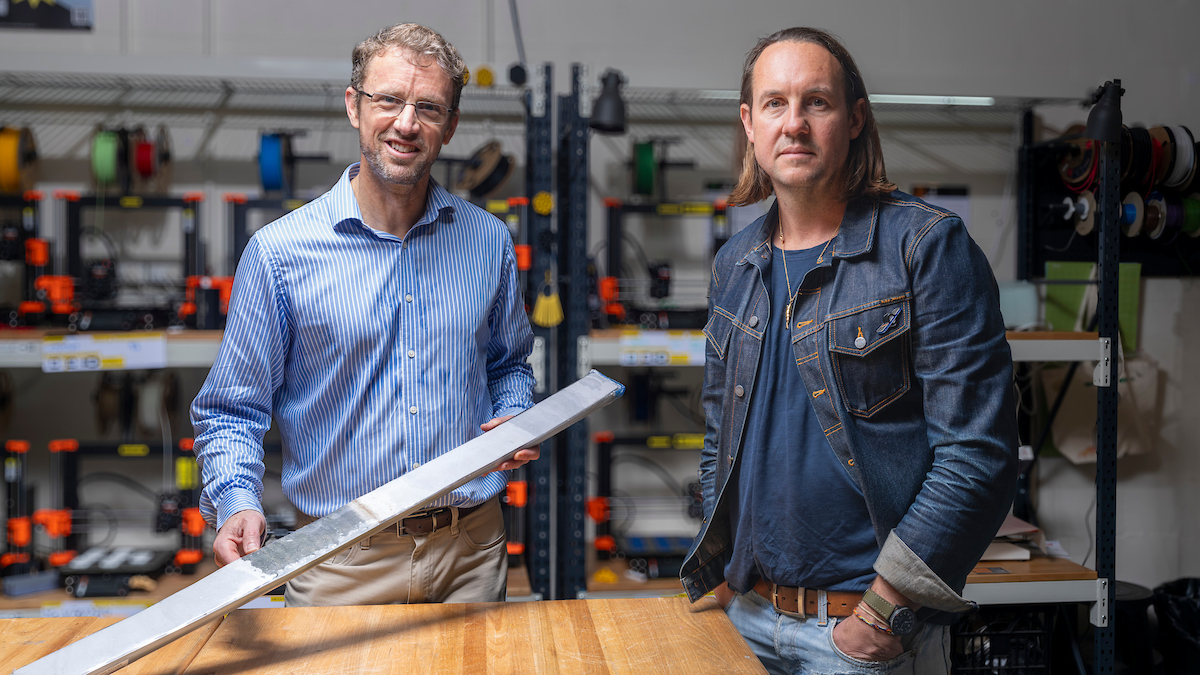Epic voyage to uncover what causes tsunamis

A team of international scientists, including two researchers from The Australian National University (ANU), will soon sail to the Japan Trench to discover more about what causes tsunamis.
The researchers will be on board the world’s most advanced drilling-equipped science vessel, Chikyu. It will drill directly into the Tōhoku-oki earthquake fault zone, where one of the most powerful earthquakes ever recorded in Japan occurred in 2011.
The stress accumulated at this junction over hundreds of years was suddenly released, causing the tectonic plate on which Japan sits to skip upwards and eastwards by up to 50 metres. This shallow slip displaced a vast area of the seafloor (around 200 by 500 kilometres), forcing the ocean into a devastating tsunami.
ANU geophysicist and Australian and New Zealand International Scientific Drilling Consortium (ANZIC) Director, Associate Professor Ron Hackney, who will be part of the onboard science party for seven weeks, said the project is bold, ambitious, collaborative and multinational.
“I’m excited to be part of an amazing team of international experts from over a dozen countries all putting their heads together to unpick the details of how earthquakes and tsunamis occur, so we can be better prepared for them and reduce their impact,” he said.
“On this expedition, we will be drilling directly into the fault zone responsible for Japan’s devastating 2011 earthquake and tsunami.”
Drilling up to a kilometre below the seafloor in water about seven kilometres deep, the researchers will extract core samples from both sides of the fault line.
“There’s so much work, such complex engineering and impressive technology that must come together to extract those little cylinders of Earth. But the cores can tell us so much,” said Professor Hackney.
“This site was previously drilled – a year after the quake. It will be fascinating to see how the rocks have changed since then.
“We’ll work with the core samples as they are brought up from the fault zone. We’ll measure the density, porosity, strength and more of the materials recovered, plus examine the fluids within the rocks.”

Associate Professor Will Grant, from ANU, will sail out as an outreach officer for a two-week stint. He’ll be studying the scientists themselves.
“I’ll be talking to the scientists on board to understand how they conceptualise their work and how they think about communicating that work,” he said.
The expedition forms part of a decade-long collaboration called the International Ocean Discovery Program (IODP), with this one being the last of 58 expeditions to extract core samples from different parts of the Earth’s crust.
“Over the last decade, we’ve sent a total of 81 Australian and New Zealand researchers on scientific drilling expeditions that have extracted nearly 100 kilometres worth of core,” Professor Hackney said.
“The resulting samples and data will take years to examine fully but will deepen our understanding of subduction zones.”
This article was first published by ANU Reporter.



